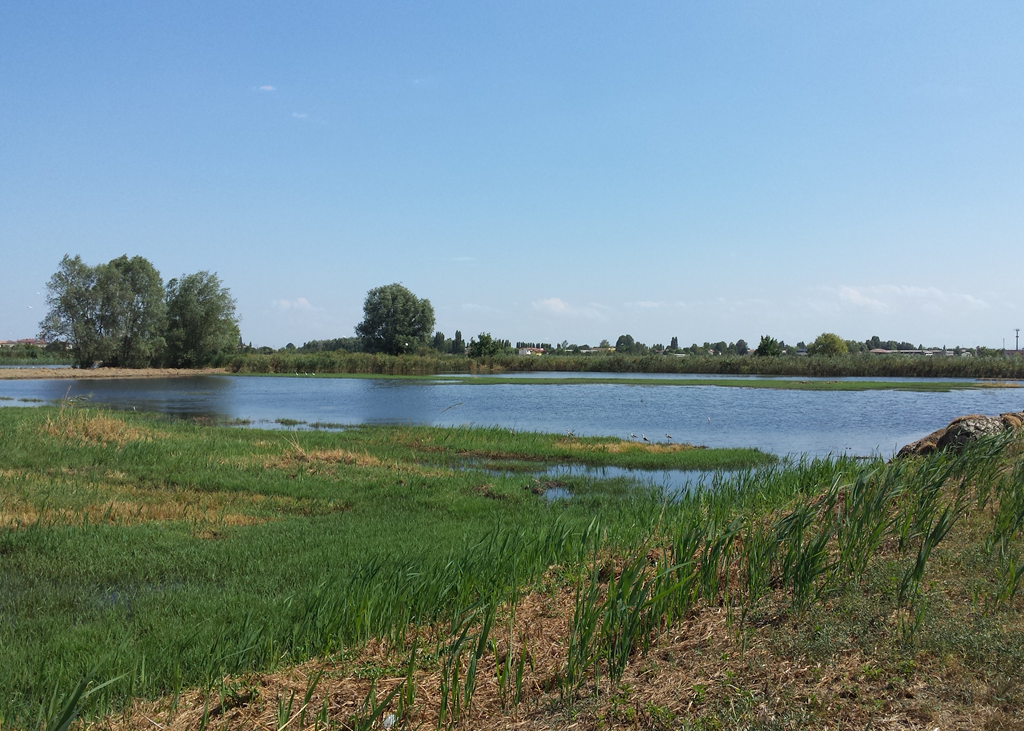Mosquito control is the main control activity to insects of public health interest played by the Medical and Veterinary Entomology and is divided into two main approaches depending on the group of mosquitoes to which reference is made: indigenous mosquitoes such as Culex pipiens and Aedes caspius and urban mosquitoes such as Aedes albopictus (Asian Tiger mosquito).
Strategies for dealing with low environmental impact placed precisely over the years by various organizations that deal with the control of mosquitoes have reached excellent levels.
In order to reduce pest control costs and to maximize larval treatments efficacy, it’s of fundamental importance territory annual mapping to identify mosquitoes breeding sites.
Mapping activities
Breeding sites are any water pools, either natural and artificial, that persist for more than one week. They can be big like natural wetlands or smaller as drains and sewers. Important in urban areas are also catch basins, bins, ponds etc. Breeding sites mapping is carried out through field inspections during different seasons.
Water samples are taken in order to classify and count mosquitoes larvae in each potential breeding site. A data sheet is filled in for each breeding site indicating the density and the species of the mosquitoes found, together with a brief description of the breeding site.
The mapping data are collected and elaborated using GIS programs to guarantee a quick analysis and an easy consultation.
